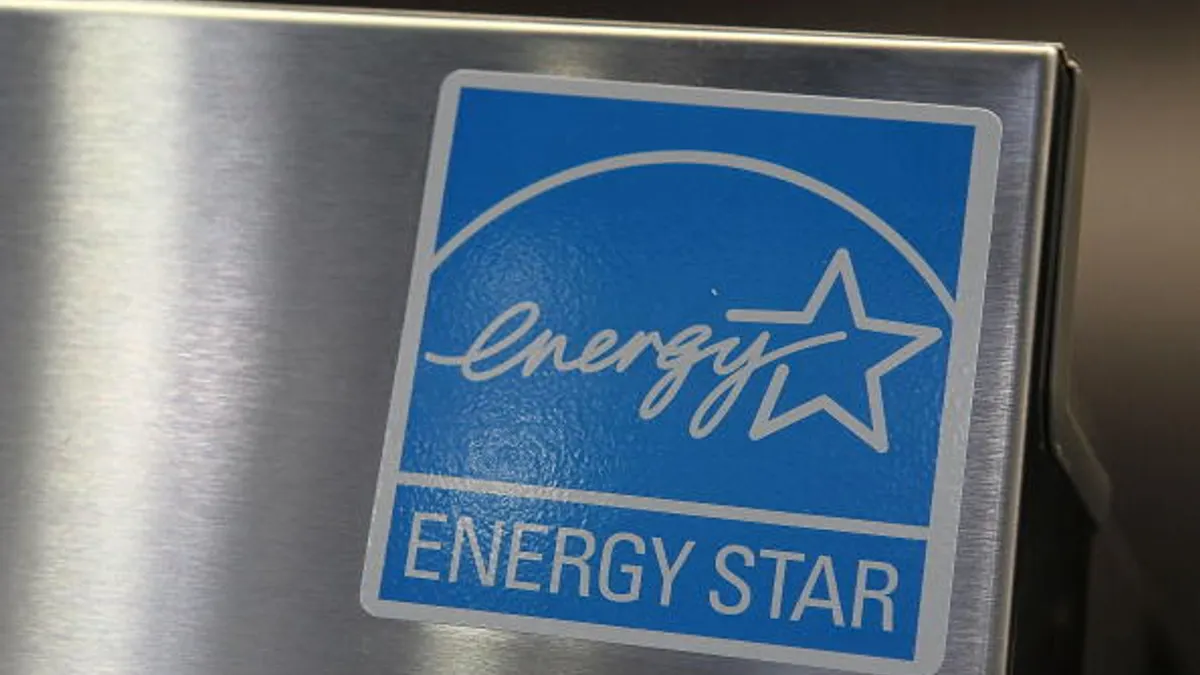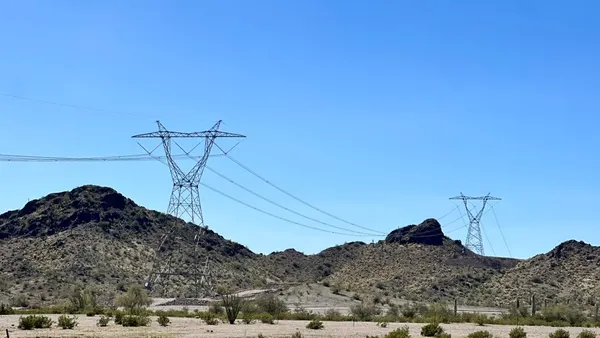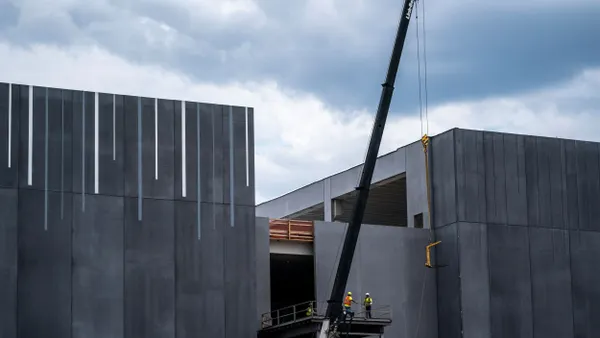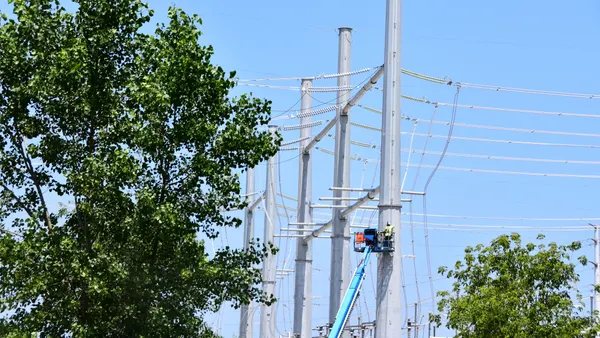Dive Brief:
- Electricity trade between the United States and Canada is helping to boost reliability and affordability, according to the U.S. Energy Information Administration, though the actual volumes moving between the two countries remain relatively small.
- More than 30 transmission links exist between Canada and the United States, primarily located in the Pacific Northwest and New England.
- According to EIA data, last year some 60 companies in Canada exported 58.4 TWh of electricity to the United States, accounting for 1.6% of U.S. electricity retail sales and 10% of Canadian electricity generation.
Dive Insight:
The numbers are small compared to the overall markets, but U.S. energy officials say electricity trade with Canada is helping to boost power reliability and keep prices reasonable.
Overall, Canada is a net exporter to the United States though the numbers vary depending on the region. The United States imports power in the Northeast and New England, and exports from hydro facilities in the Pacific Northwest. The Northwest has gone from being a net importer in the late 90s, to now exporting about 10 TWh annually. New England imported less than 10 TWh about 15 years ago, but those figures have almost doubled, much of it coming from hydro electricity. EIA data shows New York City was a small importer around 1997, but now gets about Twh annually from Canada.
Last year Canada's largest exporters were Hydro-Québec, which shipped 16.4 TWh to the United States, and Manitoba Hydro-Electric Board, which sold 8.6 TWh.
EIA said New England and New York made up roughly 60% of the total electricity imported into the United States in 2014, and those imports represent between 12% and 16% of the region's retail sales of electricity.
“Recent and proposed transmission projects have the potential to increase the amount of trade across the border,” EIA noted. “The Montana-Alberta Tie Line, completed in 2013, is a 230 kV line that allows for bidirectional flow of power primarily for new wind power generating units on both sides of the border. The Great Northern Transmission line is a proposed 500 kV project connecting Minnesota Power with Manitoba Hydro, which is intended to support development of wind resources in the upper Midwest.”
The agency also noted that developers are looking to ease transmission congestion in the New York City area by sending hydropower from Quebec via the proposed Champlain Hudson Power Express transmission project, potentially adding 1,000 MW of power to the city's markets.















